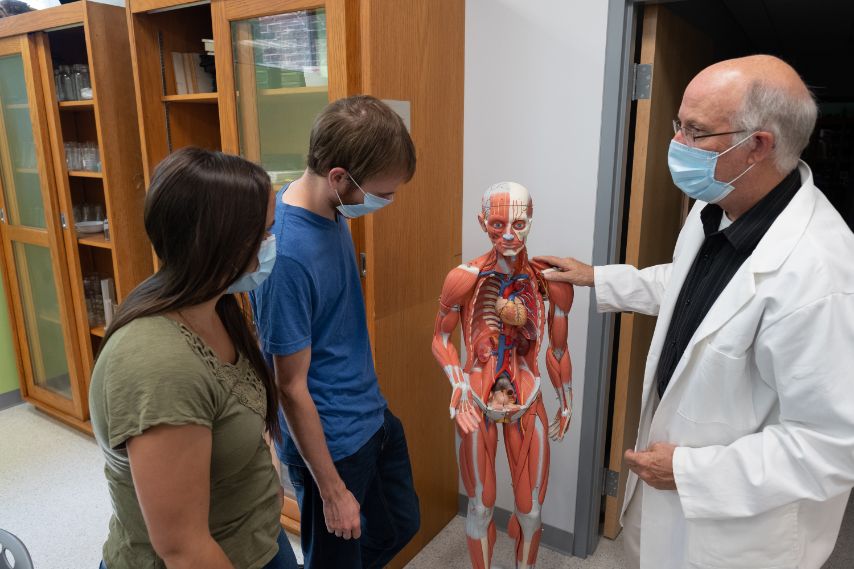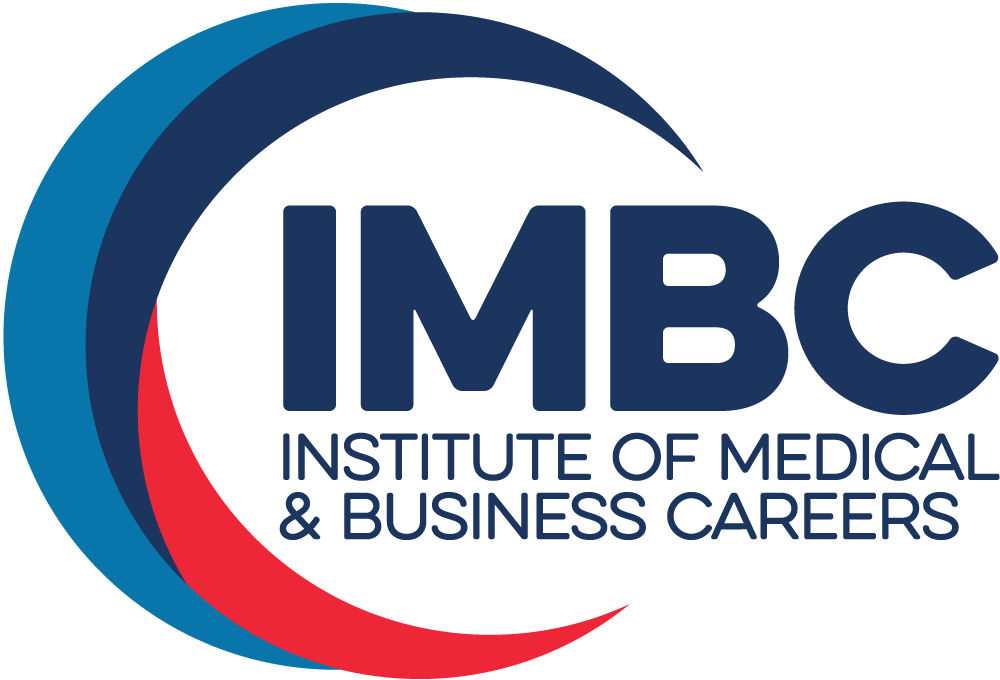The COVID-19 pandemic has impacted everyone and every type of business. All industries have had to adapt to a “new normal” that includes masks, social distancing, special sanitizing procedures, limited occupancy, and so much more. One industry that has been hit especially hard is that of healthcare education, which often requires in-person and hands-on training up-close with instructors and patients.

However, the resiliency of the education system, especially within healthcare, where we rely on schools to help generate the future front line workforce that will treat patients, manage healthcare practices, and provide quality care, is a shining example of an industry that adapted to the new normal.
Public Health Has Become the 1st Priority
For the past several years, the prioritization of public health was almost seen as a relic of prior days. Due to advances in medicine, vaccines, treatment, and hygiene, serious infectious diseases were considered to be a thing of the past, especially in developed nations. Of course, we were always told to cover our faces when we cough or sneeze; to wash our hands; and not to share cups, glasses, or eating utensils to avoid catching colds or the flu. But many people in the general public, despite warnings by doctors and scientists, never imagined a new, deadly, and highly contagious virus would pop up in our midst. For the first time in a century, the entire human race is vulnerable to a new disease that we don’t know much about, and public health as a practice and as a subject has roared back to life. Public health is what will keep us safe during this pandemic, and will help us be far better prepared for the next one.

Online Curriculum Instead of In-Person Classes
Healthcare education, in keeping with public health directives, has rapidly transitioned to an online curriculum for administrative, policy-based, and managerial courses instead of having students attend lecture halls or classrooms. Distance learning has existed for decades; even before computers were a common feature in homes, people would write out their assignments, contact professors over the phone, and mail in their work to be corrected. This was known as correspondence learning.
However, distance learning (or correspondence courses) was geared toward students in remote areas or people who had complex schedules due to their work or family situation. It was never designed to be an option for the majority of students. So, educators have had to scramble to update policies, processes, and procedures; as well as to adapt pedagogy, curriculum, and technology to handle the new demand for online learning, as it becomes mainstream.
Remarkably, healthcare education has managed to make the transition in a very short period of time; this is probably because the world needs healthcare workers more than ever and a shortfall in healthcare providers and medical staff could be disastrous.
For success as a student with an online curriculum, students should have a computer with a camera and microphone, be able to set aside a specific time every day to dedicate to their studies, attend every Zoom video call, and have a stable wifi connection. Also, a quiet place to work is essential. Ask roommates or family to respect your study time, or consider a space outside of your home, such as a library.

Physical Social Distancing for Courses that Cannot Be Taught Online
Some practical courses in healthcare education cannot be taught remotely. There are also practical modules in theoretical classes that must be done in a clinical, hospital, or laboratory setting. There are internships that must be completed in order to graduate; and many times, students need to visit medical settings or speak with patients (under supervision). In these cases, when students need to attend a class in-person or leave their homes for other coursework, public health guidelines must be followed to keep the virus from spreading. Six feet of physical social distancing, at a minimum, between people is strictly enforced. Everyone must wear a mask that fits properly (and preferably one that is rated N95) and other personal protective equipment such as gloves, gowns, face shields, and goggles. Frequent hand-washing is recommended, and hand sanitizing stations are provided throughout campuses and facilities. Students may also bring their own hand sanitizers for personal use.
If a potential healthcare education student refuses to follow public health guidelines and mandates, then they should be told that a career in healthcare might not be for them. They should also be reminded that they will face disciplinary action from the educational institution and could also face fines or criminal charges, depending on the city and state of the violation, not to mention placing patients and other staff at risk.
Vocational schools that are located in regions where full lockdowns are not mandated are still open for in-person learning. Upon arrival, students typically have their temperature checked and must wear masks. Desks are placed to respect physical distancing guidelines, and group work is limited. Staff at these educational institutions are protected by plexiglass in reception areas and offices that students frequent. Breaks, arrivals, and departures for students and staff are staggered in order to minimize hallway traffic, and finally, foot traffic flow inside buildings is often one way to help maintain social distancing.
Flexibility for Students and Staff
One of the best tools public health has given us in the battle against new diseases is quarantine or isolation. It’s been around since medieval times, and it slows down the progression of a virus or bacteria in the population. Healthcare education has adapted to this effective method of contagion prevention by giving the students and staff flexibility to learn online. If they have been exposed to the virus, they can isolate for the time required typically without being penalized. While attendance is generally mandatory in healthcare programs, administrators do not want students and staff to feel pressure to attend in-person classes when they are unwell, presymptomatic, or asymptomatic. However, students must communicate with instructors and school administrators; absences still need to be explained. In some cases, a student that is quarantining off-site may still be able to view/participate in the class remotely through a zoom meeting, especially if they are asymptomatic.
To Sum Up
The pandemic is changing how we live, how we interact, how we teach, and how we learn. As healthcare education is crucial at this moment, it cannot shut down as healthcare workers are desperately needed. In fact, everything must be done to help the healthcare education industry expand so that more help can get to the regions that are in need of staff the most. We need new medical workers to enter the workforce and keep us all safe and healthy.
The healthcare education industry is adapting to the pandemic by following public health guidelines closely; online learning has become the norm rather than the exception, physical distancing is enforced, and attendance is flexible to accommodate those who need to isolate due to infection or exposure. Healthcare education will adapt as much as it needs to help society overcome the virus.
